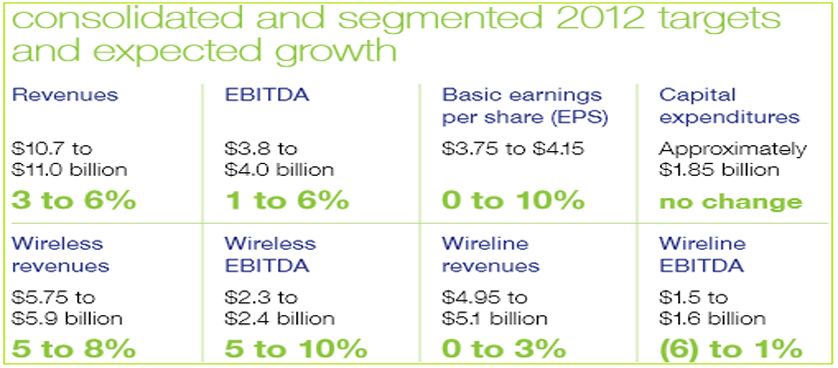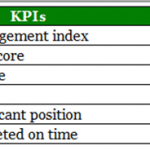Target setting side effects
„ Setting specific and challenging goals boosts employee performance! ”
This is one of the most promoted practices in business management to motivate employees and increase their performance. There has been a lot of research in this area bringing scientific evidence that when employees are given clear goals they will do their best to reach that target, but not many discussions on the side effects of setting targets.
High-performing businesses are driven by efficiency. True efficiency is not just about reaching targets, but it also considers how the targets are achieved. The main problem with setting targets is that people, in their struggle to attain goals start to ignore important aspects of their job. If someone has a target of 3 items per hour, he’ll probably focus more on that target than on the quality of his work. For some companies, poor quality can generate a real disaster, like in the case of car producers. Side effects associated with setting targets are a narrow focus that neglects non-goal areas, unethical behavior, high risk preferences, reduced intrinsic motivation and sandbagging (fixing results).
Even if some analysts may recommend not using targets at all, and concentrate instead on focus areas that outline important activities for the company, the best approach is to find a balance when working with targets. Targets are useful as long as managers are aware of their implications and treat them as prescription drugs, with caution when administrated.
5 things to consider for target setting:
1. Narrow goals tend to blind people – Employees can develop tunnel behavior, as they direct all of their attention on certain targets. In this way, they are missing the big picture and start ignoring important details.
2. Too many goals make people choose – Shah, Friedman, and Kruglanski (2002) demonstrated through a research study that individuals with multiple goals are prone to concentrate on only one goal. When given quality and quantity goals, the participants from the study focused on the quantity targets as they were easier to achieve.
3. Inappropriate time horizon makes people focus just on the present – When employees are stimulated to achieve short term goals they will not consider the long term implications of their actions. This type of behavior facilitates high risk decisions.
4. Linking targets to financial rewards is not the most effective technique to motivate employees – Employees may require higher levels of financial incentives every year to feel motivated and they may get blinded by the desire to gain more. A sustainable system to motivate personnel should combine non-financial rewards with financial bonuses.
5. Goals can lead to unethical behavior – Goal setting can promote two different types of cheating. The first one is to use unethical methods to achieve a target. For example, at Sears, mechanics told customers that they needed unnecessary repairs and then charged them for this unneeded work. Secondly, employees can be tempted „to adjust” their result so that they won’t appear below the target.
Setting targets can help companies to improve performance, but progress is more than just matching some numbers. The way the entire system is set in place can shape the behaviors of employees and reduce the possibility to be affected by negative practices. Awareness of the target setting side effects is the first step to building healthy targets.
References:
- Bregman, P. (2012), Consider not setting goals in 2013, Harvard Business Review
- Brudan, A. (2013), KPI documentation: Understanding KPIs names, calculating formula and establishing targets, MILE webinars
- Ordonez, L. D., Schweitzer, M. E., Galinsky, A. D. and Bazerman, M. H. (2009), Goals gone wild, Harvard Business Review
Image Source:







